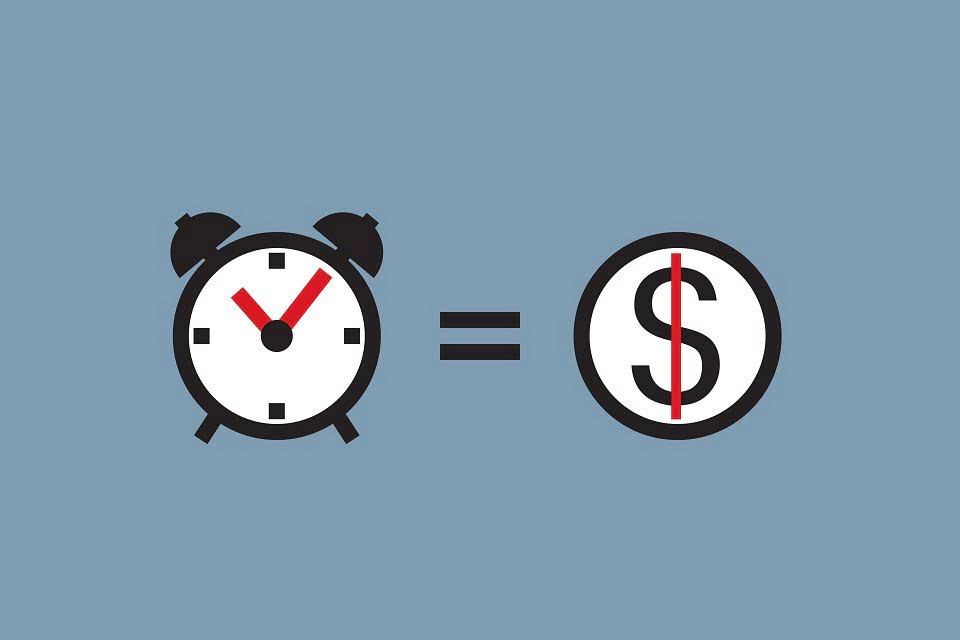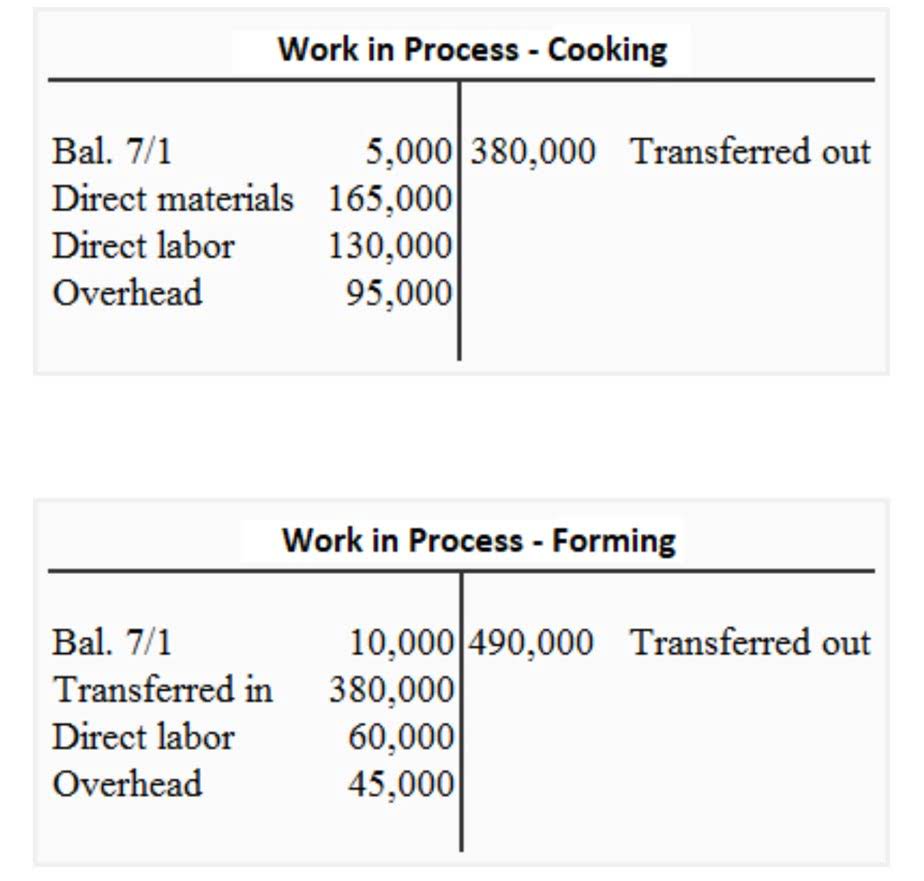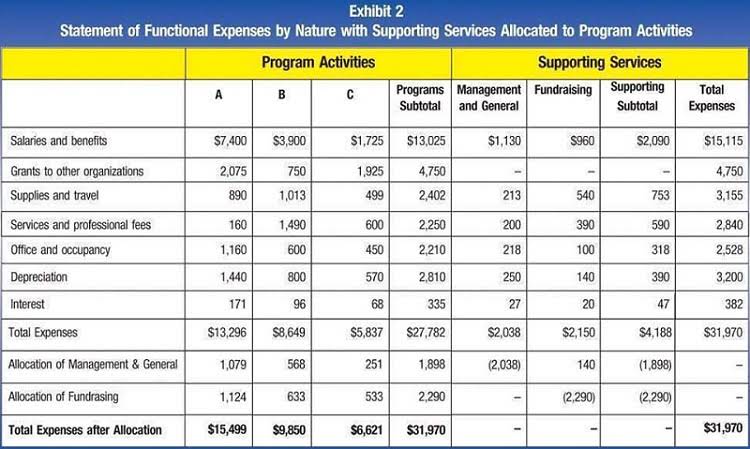
Finally, divide that total (the product price minus cost of goods sold) by the product price and multiply by 100. That way, they can start budgeting for the payment before they receive their invoice. Imagine Chocolobster Ltd. has supplied a small grocery chain, Good Eats, with a substantial order that totals $23,120.

Conditional early payment discounts
Factoring will deduct a factoring fee and factor’s holdback from the total amount of receivables factored. Hence, you’ll not receive the total amount of receivables factored, but it can help you recover cash for working capital needs. If dynamic discounting is a bit complicated for your needs, you can explore receivable factoring. Factoring is basically “selling receivables” to a factor, or buyer of receivables. By selling receivables, you’re transferring to the factor the rights to collect the amount due from your customers, plus you agree that certain fees will be deducted.

How Early Payment Discounts Work with QuickBooks Online
- This involves evaluating the company’s cash flow needs, cost of capital, and the potential impact on profit margins.
- Conversely, if Good Eats does not pay within 10 days and opts to wait until the 30-day mark, they would be responsible for the full invoice amount of $23,120.
- If you offer credit to your customers, you likely send an invoice that details when payments are due, how to pay them, and more.
- This information allows businesses to tailor discount terms that are attractive to the client while still meeting their own financial objectives.
- Early pay discounts also reduce the risk of nonpayment or late payment by taking accounts receivable off the books more quickly.
- Sellers can encourage payment practices that better align with their cash flow objectives.
By prioritizing early payments, businesses can establish a consistent pattern of timely payments, which not only avoids penalties but also enhances their creditworthiness. Automation tools can further streamline invoice processing, ensuring that payments are made on time and supporting overall financial health. The first step in calculating an early payment discount is to establish the discount rate, which is typically expressed as a percentage of the total invoice amount. This rate may vary based on the terms agreed upon between the buyer and supplier.
Company

But it’s also incredibly important to account for these properly as they will affect your Interior Design Bookkeeping financial statements. The Canada Revenue Agency has set out rules on how to deal with the tax and total value of the goods and services that will be discounted. A common example is 2/10 Net 30, which means that if the customer pays within 10 days of the invoice date, they get a 2% discount on the total (or net) of the invoice. This article equips you with the knowledge to make informed decisions for your business. We’ll explore the benefits and drawbacks, teach you how to calculate the true value of a discount, and offer strategies to optimize your payment schedule. The strategic use of early payment discounts can be made even easier if businesses use an automated platform to help create discounts and follow up with customers.
- Early payment discounts are financial incentives offered by vendors to buyers for paying invoices before the due date.
- They represent a reduction in the amount owed by a customer and, therefore, increase your business’s revenue.
- You don’t want your business to struggle financially because of the discount.
- Early payment discounts can be a powerful tool for businesses looking to optimize cash flow and strengthen relationships with their customers.
- Typically, these offers will stretch from the initial invoice date until the due date, offering the maximum savings on the invoice date and no discount on the due date.
Sliding scale discounts

The image below shows the comparison between dynamic and traditional discount programs. Under the traditional discount program, the discount is no longer available after 10 days, while the dynamic discounting model reduces the discount rate as the invoice comes due. To calculate early payment discounts, multiply the total invoice amount by the discount percentage. Next, subtract the discount amount from the total invoice amount to get the payment due on the invoice. As the late payment crisis deepens, wholesale business owners have struggled to pay their invoices on time….
Early Payment Discounts from Accounting Perspective
It’s important to carefully assess your business’s financial health and forecast how it could affect your cash flow. Using the same scenario from the buyer’s perspective, let’s see how the vendor accounts for the early payment discount. Choosing the right type of early payment discount depends on factors like the industry, typical payment cycles, and the negotiation power of the buyer and seller. Thus, the net effect of the allowance technique is to recognize the estimated amount of the discount at once and park that amount in an allowance account on the balance sheet. Then, when the customer actually takes the discount, you charge it against the allowance, thereby avoiding any further impact on the income statement in the later reporting period. Payment terms can help you manage accounts normal balance receivable (A/R) and convert them to cash immediately.
Whether you are a small business owner or part of early pay discount accounting a larger organization, understanding this tactic can play a significant role in optimizing your financial operations. When your AP specialists and AP clerks are no longer spending a bulk of their time manually entering invoice data they are freed to take on new duties and responsibilities. Buyers should evaluate their cash position to determine if taking advantage of the discount is feasible and beneficial in the long run.
